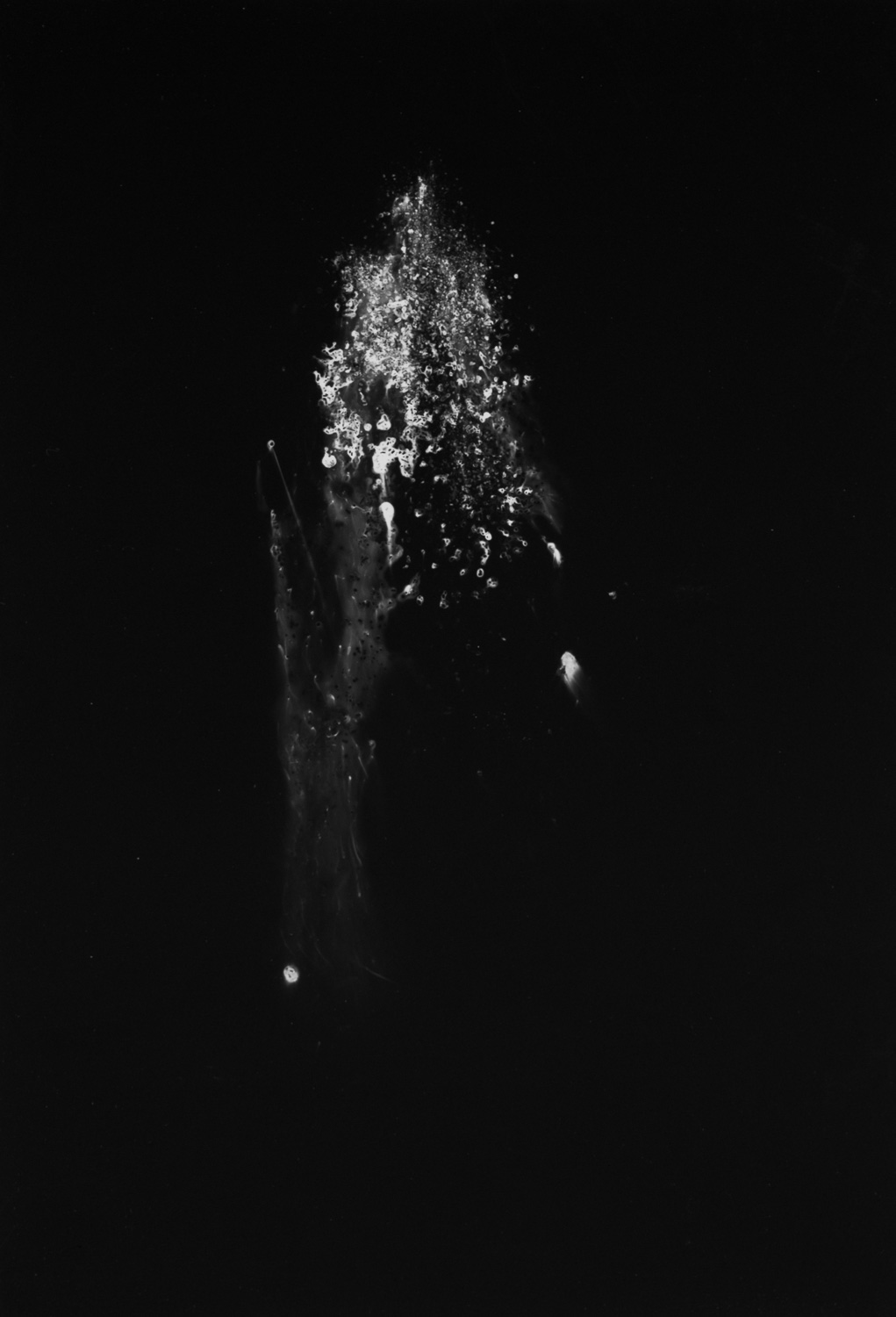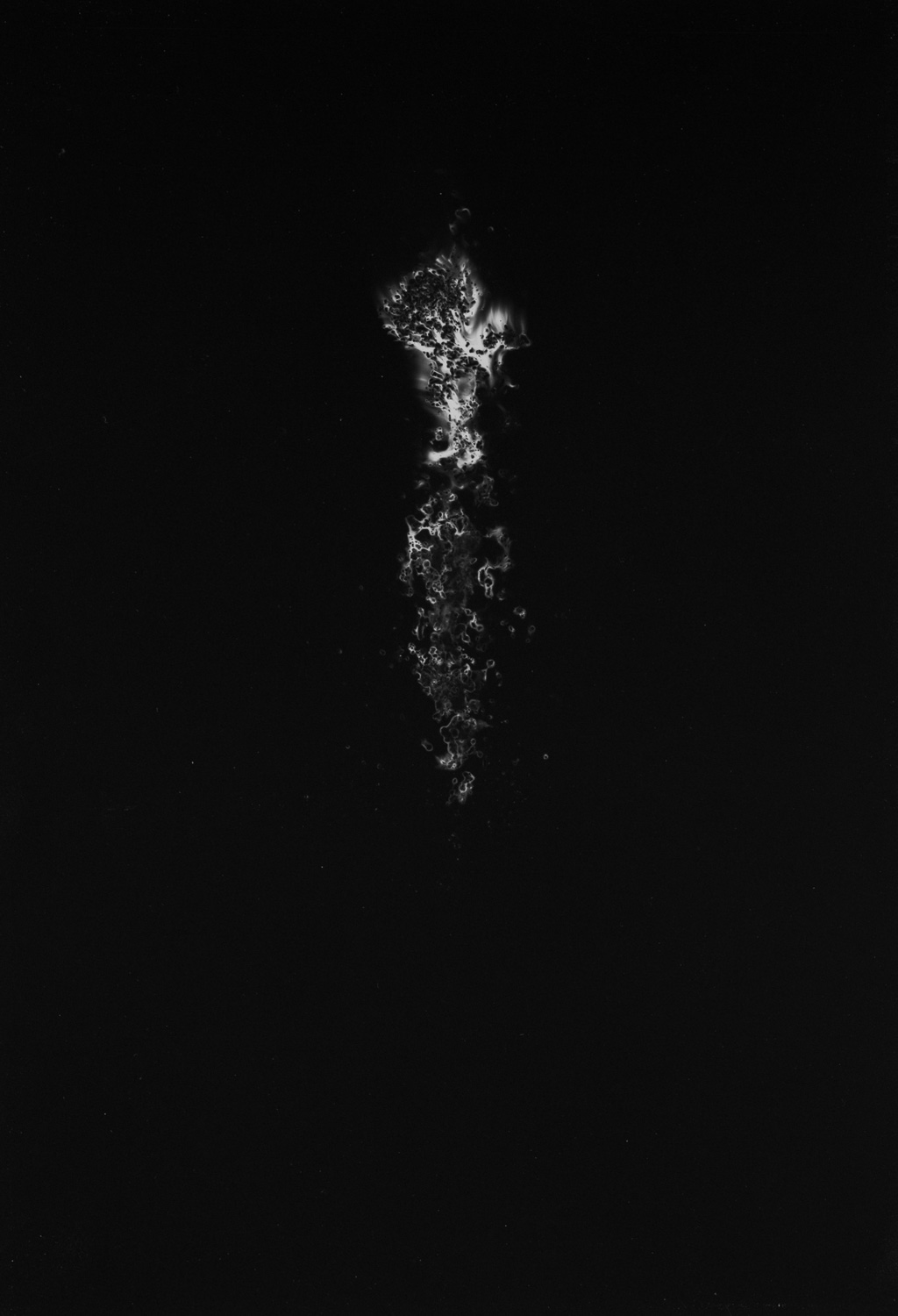Triskele
A triskele is a triple spiral pattern common in pre-Celtic and Celtic art. They can be found in jewellery, illustration, and on megalithic tombs dating back 5,000 years. Three arms emerge from a common center, each one growing in its own direction, spreading out and taking up space. The arms bend, gently at first, before curving back on themselves, then winding tighter, spinning further, until they reach the limit of the medium or the artist. Each arm is distinct and often asymmetric—for thousands of years they were carved with crude, simple tools— but they always wind in the same direction so that, in addition to its constituent spirals, the shape itself has a spiralling quality.
When I think about a triskele I think about the person who carved it. Did they carve it there, where it now sits? Was this open hillside once covered in trees? Did it take them long? Did they have to fit the time to render it in after many hours of hunting or farming? I think about the millennia since that one triskele was carved; how it would have been exposed to the elements, worn by pounding rain and inquisitive fingers; restored by a later mason, the layers of etching, intentional and organic, that accumulated over the years; the unique expression of one carver’s hand and eye holding out against the passage of time. Contemplating this simple shape, its form and its history, is an examination of complexity, of craft, and of time.
Through chemistry my gestures have been etched on film, and from that film I have crafted prints that honour the spirit of a triskele. They are finite in their bounds but strive for infinite depth; they are the product of my hand and eye.






